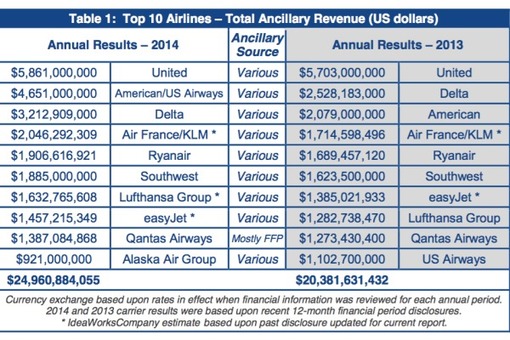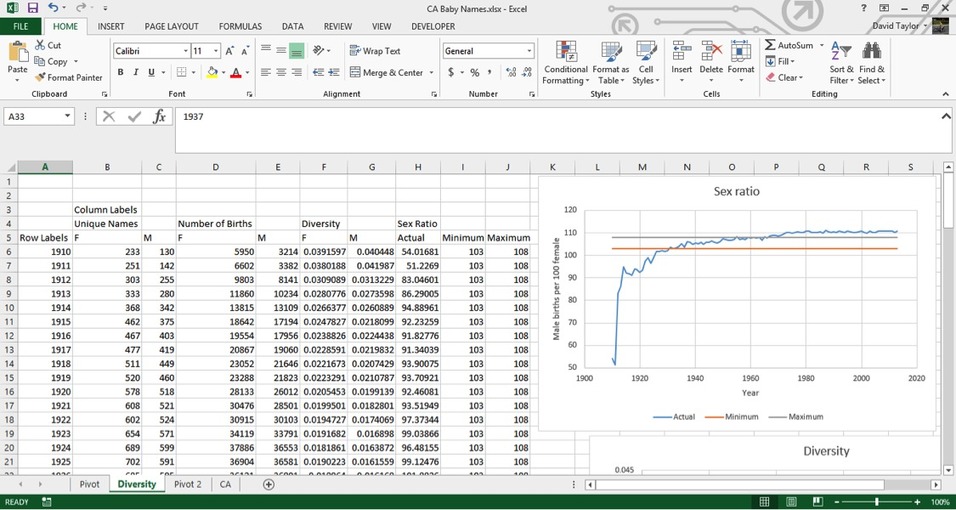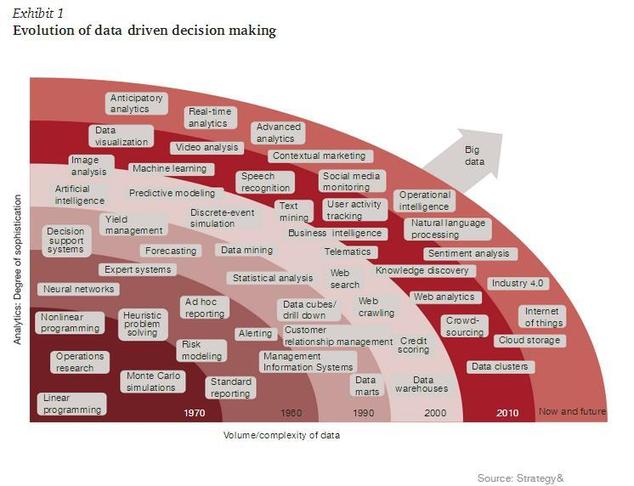Airlines Ancillary Revenues Increase By 21% In 2014
The three major U.S. airlines are top performers even as airlines around the world increase their ancillary revenues by nearly 21%. IdeaWorks Company has r
Source: skift.com
“Ancillary revenue is an increasingly important indicator of commercial success, and a major contributor to the bottom line of airlines across the globe,” says Michael Cunningham, Chief Commercial Officer at CarTrawler. “The secret to unlocking this revenue stream can be found in the data that customers generate with every transaction.”
Airlines are getting smart about gathering data of our preferences when we book and when we fly, using a variety of sources including web-page reservations systems, mobile apps, and the sales of inflight products and services as well as advertising on in-flight entertainment systems.
Airlines Ancillary Revenues Increase By 21% In 2014 Read More »




